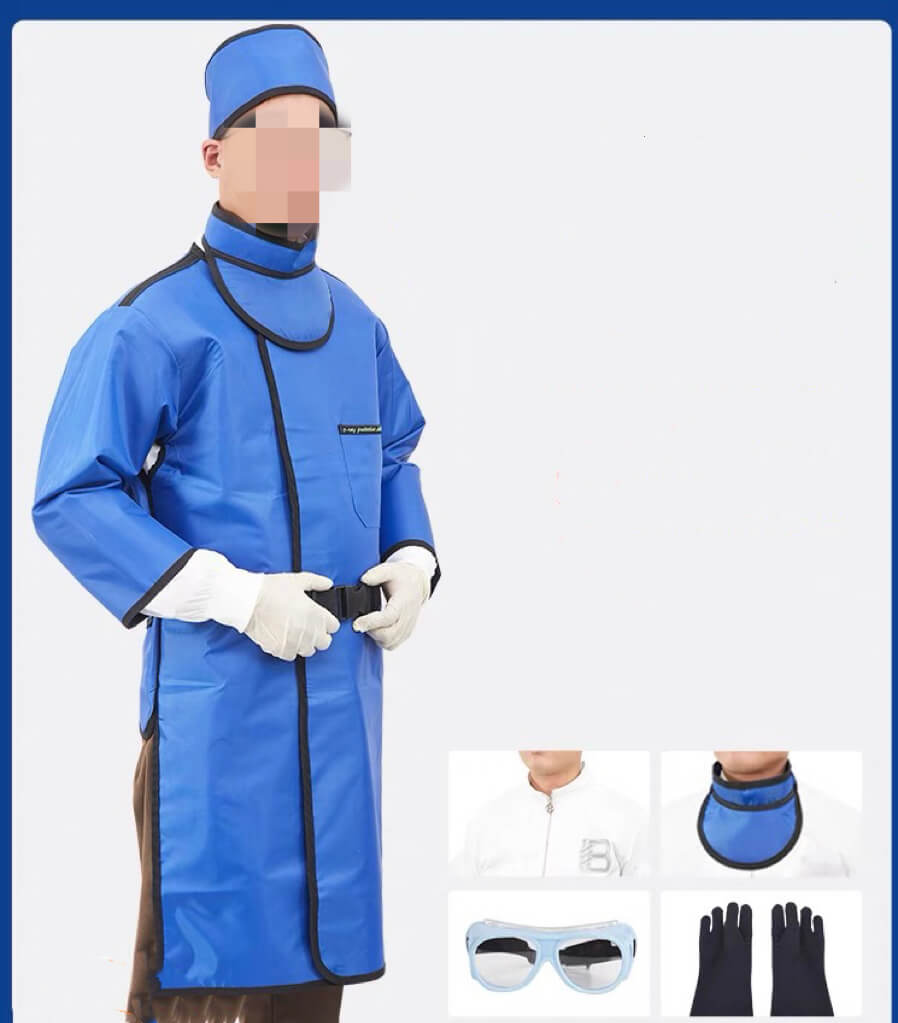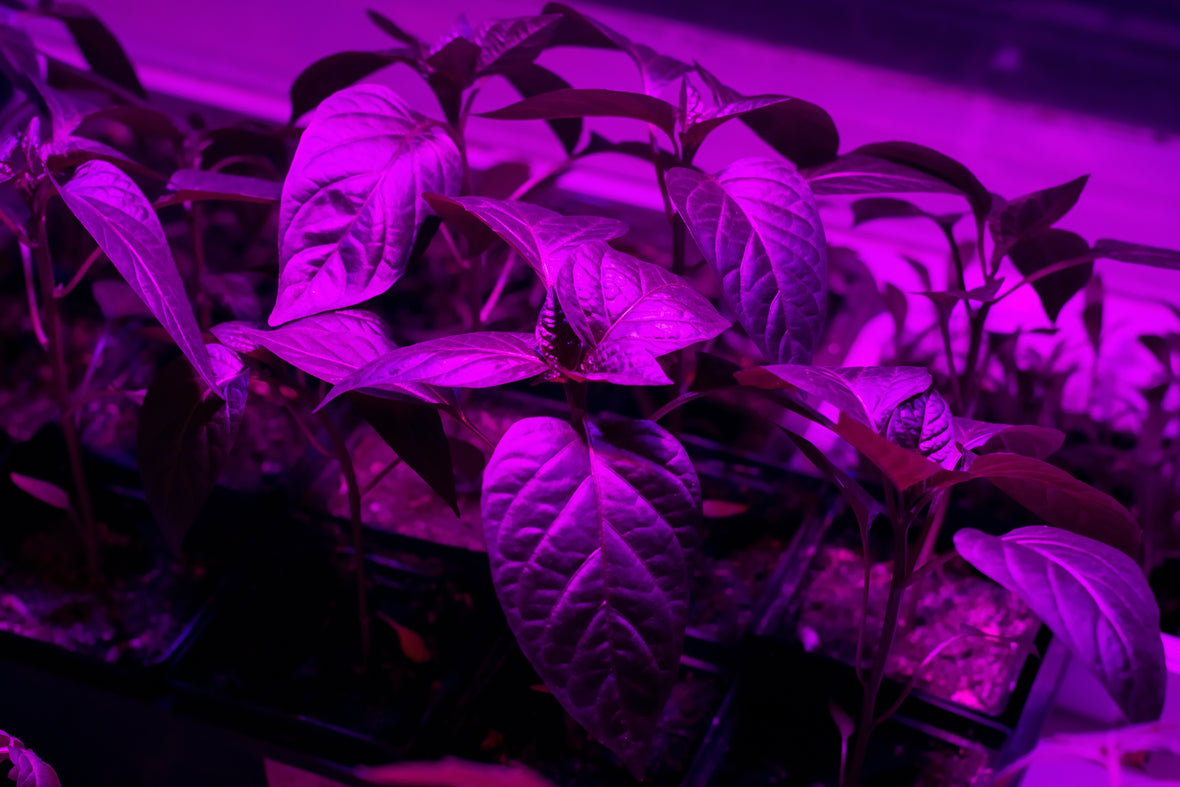
UV Light For Plants: First-Time Buyer's Guide
Not long ago, the only way to bring UV light into your garden for plants was by using bulbs meant for tanning or reptiles. Sure, there were a few UV LEDs around, but they came with a high price and didn't stick around for too long.
However, things have changed, and UV LEDs have improved a lot. Nowadays, they are cheaper and last much longer. This article will cover all the information you require regarding UV light's impact on plants. So read on.
What Is a UV Light And What Is It Used For?
So, when it comes to UV light, there are actually three bands to know about: UV-A, UV-B, and UV-C. And the interesting thing is that each of these has its own unique qualities, uses, and potential risks. I'm going to break down the differences for you below.
First, UV-A, which we call "Long Wave," falls in the 320-400 nanometer range. Think of it as the light that makes blacklights glow. It's a big deal for plants because it gets cryptochrome all excited and helps them produce more flavonoids.
Now, UV-B, the "Medium Wave," comes in at 280-320 nanometers. You'll find it in reptile lamps and used for phototherapy in some medical treatments. But here's the catch: it's the one responsible for giving you sunburns! On the bright side, it's handy for keeping powdery mildew and spider mites at bay in your garden.
Lastly, we've got UV-C, the "Short Wave," with wavelengths between 200 and 280 nanometers. This one's like a superhero against germs, which is great! However, don't worry too much because most of it gets blocked by our atmosphere. Just remember, too much UV-C exposure can be harmful. So, there you have it, UV rays in a nutshell!
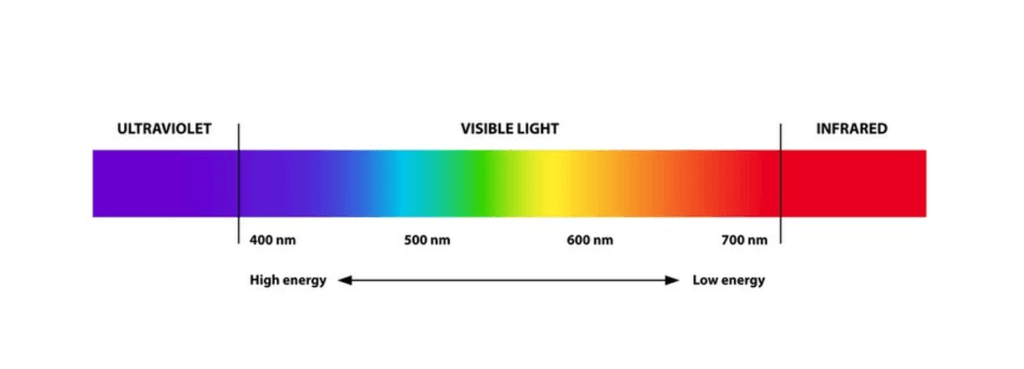
The Effect of UV-A and UV-B on Plants
UV-A:
- UV-A light helps plants by triggering certain sensors that control plant growth, chloroplast movement, and stomatal opening (important for breathing).
- It also increases the production of flavonoids in some plants.
UV-B:
- UV-B light seems to boost THC production in certain plants, like cannabis.
- It does this by prompting the plants to produce a chemical called malonyl-CoA, which is used to make cannabinoids.
- Interestingly, UV-B doesn't increase CBD production in these experiments.
- More research is needed to understand this better.
How Does UV Light Affect Plant Growth?
Here are some aspects of UV light that influence plant growth:
First, it leads to higher flower quality, potency, and weight in certain plants like cannabis, due to increased production of compounds such as THC.
UV light also boosts a plant's resilience, making it more resistant to stress and diseases, ultimately promoting healthier growth.
Additionally, it facilitates faster germination, accelerating the initial stages of a plant's life cycle.
UV light stimulates photosynthesis, enhancing a plant's ability to convert sunlight into energy.
Furthermore, it encourages increased resin production, which is valuable in various industries.
However, excessive UV exposure can lead to bleaching, potentially harming plants if not properly managed.
Therefore, UV light profoundly influences plant growth, positively affecting quality, resistance, speed, and productivity while necessitating careful monitoring to prevent adverse effects like bleaching.
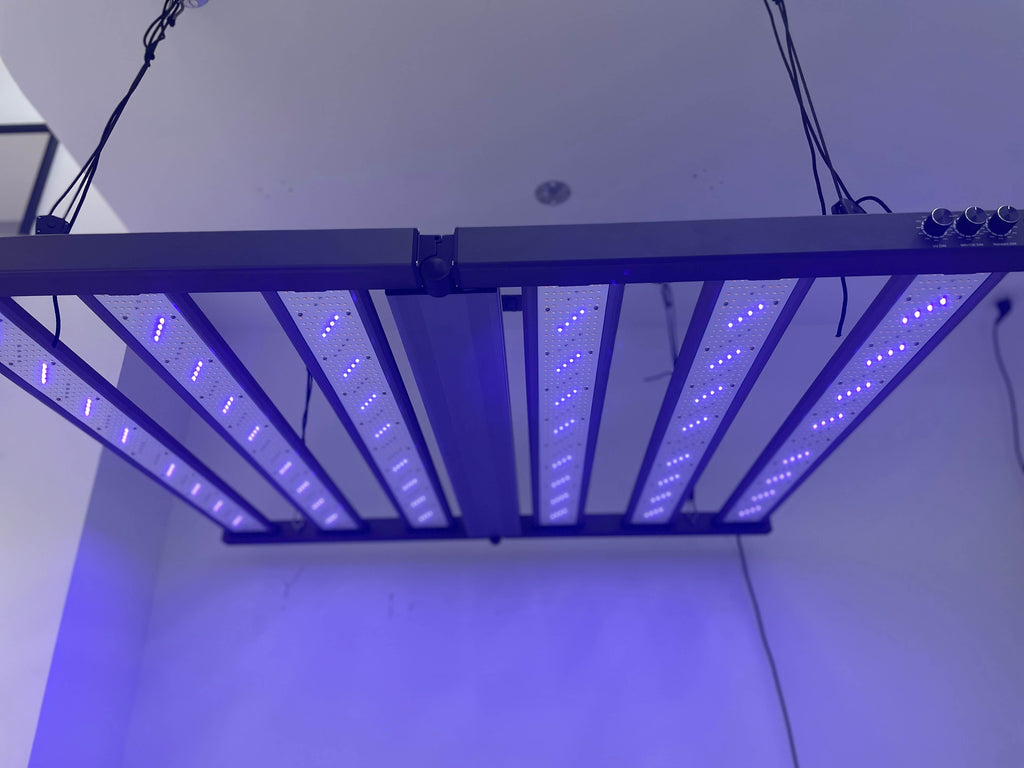
Do Indoor Plants Need UV Light To Grow?
Indoor plants can grow without UV light, but they may not thrive as well as they would with access to some UV exposure. UV light, specifically UV-A and UV-B, plays a role in various aspects of plant growth and development, including flower and fruit production, disease resistance, and overall plant health.
There is quite a bit of controversy about the effects of UV on cannabis/hemp. Some say it increases THC and/or flavonoids others say it does nothing at all. Is it because we've been using the wrong UV types? Have we misapplied the light somehow? Does it have something to do with the origins of the strain?
Some limited research suggests that the application of UV should be done at night. Blue light helps activate enzymes that restore damage to internal plant structures including DNA.
It is theorized that exposing blue light at the same time as UV mitigates the effect of the UV application. Since UV light falls out of the PAR range, it won't affect the photoperiod if applied at night.
Most indoor environments don't provide natural UV light, so many indoor gardeners use artificial grow lights that include UV wavelengths to mimic sunlight. These specialized grow lights are designed to provide the right spectrum of light for optimal plant growth.
In summary, while indoor plants can survive without UV light, providing them with UV-enhanced artificial lighting can help them grow healthier and more robust. The specific lighting requirements can vary depending on the type of plants you're growing, so it's essential to research and choose the right lighting setup for your indoor garden.
How Long To Leave UV Light On Plants?
According to current ideas, adding UV light to plants is only helpful during a few hours each night in the last few weeks before they start flowering. This is when cannabis and hemp plants are making most of the good stuff like cannabinoids, flavonoids, and terpenes, which UV light seems to boost.
There's another idea that says the type of strain (or plant variety) matters too. Some of the strains with the most THC, the stuff that makes you feel high, grew in really high places.
For every 1000 meters you go up in the mountains, UV light gets stronger by about 10-12%. The Hindu Kush, where some of these high-THC strains come from, is super high up at around 4,500 meters or 14,800 feet.
Maybe these high-altitude strains have figured out a way to use UV light better. But we need more time and research to be sure about all of this.
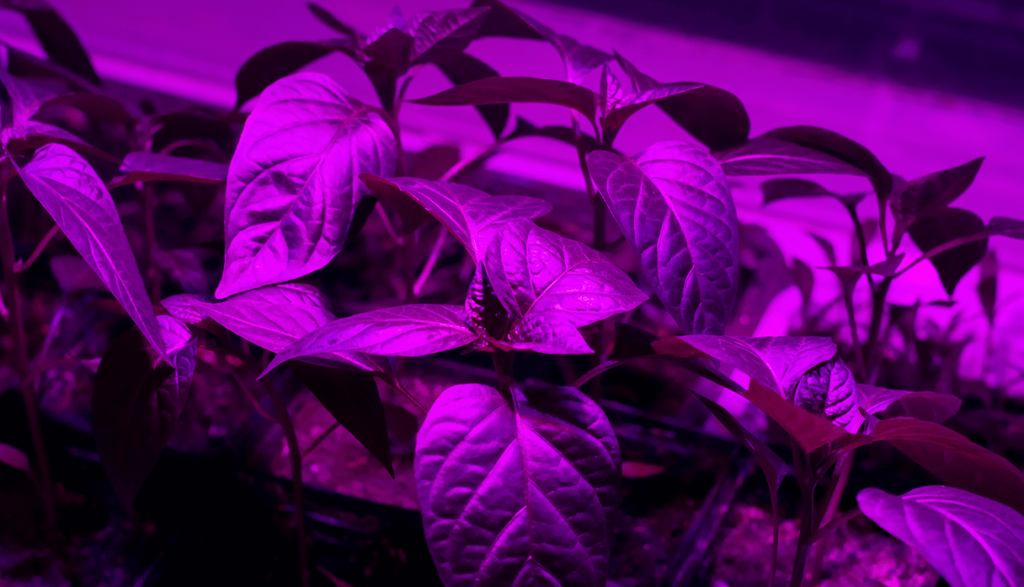
What Type Of UV Light Is Best For Plants?
People have different ideas about which UV light is best for cannabis and hemp plants. Some say UV-A is great, while others think UV-B is the way to go.
Honestly, we're kind of guessing right now because there hasn't been any scientific testing on this topic. It's probably going to turn out that both UV-A and UV-B are useful.
We also believe that different types of plants might need different kinds of UV light. It depends on their strains and how they look and grow. We'll need more research to figure all of this out.
How To Use UV Lights For Plants?
Some experienced growers suggest adding an extra hour of UV light each day when your plants are in the middle to late growth stages.
Then, as your plants start flowering, give them 60 to 90 minutes of extra UV light during the early flowering stages and increase it to 90-120 minutes in the middle of the flowering period.
When you're nearing the end of the flowering stage, around the last 2-3 weeks, boost the extra UV light to 120 minutes. This might make your plants have more THC and different chemical stuff.
But remember, different types of plants handle UV light in various ways, so keep an eye on your plants as you increase the UV time.
Can UV Light Damage Plants?
Using excessive UVA or UVB light in your plant setup can be risky, potentially harming both your plants and surroundings. Please remember that plants require very little UV light.
Typically, 2-3 watts per square foot of growing space is good to go. For example, a 4'x4' tent would only need about 32-48 watts of UV lighting to achieve very good results.
What Precautions Should Be Taken When Using UV Light?
When you're out in your garden working under that UV light, remember, safety first for both you and those around you.
First off, limit your exposure to UV light as much as possible. Less is definitely better in this case.
Next, make sure you control access to the area where UV light is being used. We don't want anyone getting unnecessary exposure.
And don't forget your personal protective gear! Put on UV safety eyewear, a UV face shield, some good, long-sleeved clothing that covers you up well, and don't skip the gloves – make sure there are no gaps between your cuffs and your gloves – whenever there's a chance of UV exposure.
Following these precautions is to keep you and others safe when you're working under UV light.
Final Thoughts On UV Light For Plants
To sum it up, UV light can be helpful for plant growth, making them healthier and more potent. But you need to be careful because too much UV light can hurt the plants, people working with them, and even equipment.
The right amount of UV light depends on the kind of plants and where they are in their growth. Usually, 2-3 watts of UV light per square foot of growing space is enough for good results.
To stay safe when using UV light, wear protective gear like special glasses and gloves. Also, make sure only the right people can go into areas with UV light, and turn off the UV light when you're not using it.
These precautions will let you get the benefits of UV light for your plants while keeping everyone safe.

